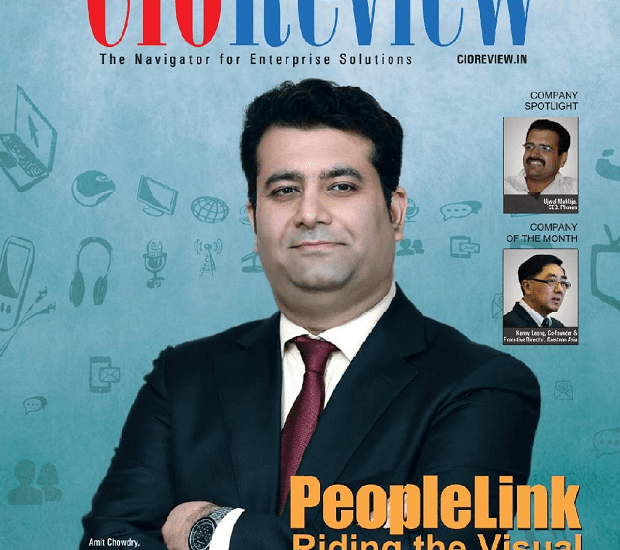How is video technology opening up opportunities for the disabled?
- September 30, 2021
- Posted by: PeopleLink
- Category: Blogs

According to the World Health Organization, disability is an umbrella term, covering impairments, activity limitations, and participation restrictions. An impairment is a problem in body function or structure; an activity limitation is a difficulty encountered by an individual in executing a task or action; while a participation restriction is a problem experienced by an individual in involvement in life situations. Disability is thus not just a health problem. It is a complex phenomenon, reflecting the interaction between features of a person’s body and features of the society in which he or she lives. (Wikipedia)
Mobility, self-care and transportation may not be among our biggest concerns but for people with disabilities, these simple things can impose superlative challenges. Apart from these, there are social challenges as well that make differently-abled persons perceive inferior in compared to their non-disabled counterparts. They are often confined to special schools and are judged skeptically on the job arenas. Technology, especially, the video technology is promisingly opening up greater opportunities in front of people suffering from various forms of disabilities.
Video Enabled Learning Solutions for the differently-able
According to the UNESCO Global Report, 2013, nearly 1 billion people worldwide, live with disability, among which around 150 millions are school-aged children. Most of these children are denied educational opportunities and even fail to complete their primary education. The video technology, integrated into the assistive technology can transform into effective learning solution, helping people with disabilities to eliminate most hurdles. The video enabled classroom solutions or Smart Classroom Solutions augments the existing curriculum to a great extent making it accessible to all students irrespective of all physical or sensory ailments they might be having. Video enabled learning solutions encourages the virtual classrooms which doesn’t involve transportation for knowledge acquisition. The children suffering for physical, mental or sensory disabilities are not comfortable when moved out of their home. They can be home-schooled under proper supervision of their care-givers and parents. The curriculum designed for the differently-able students can be enhanced with the inclusion of assistive features like screen readers, screen enlargements, text-to-speech, closed captioning and so on. Virtual peer interactions through video conferencing encourages exchange of views, aids in perceiving ideas. This adds up to the enhanced curriculum for helping the learner come out of depression, boredom, and loneliness, which generally creeps in when one lives with disability for long.
Video enabled Healthcare delivery for the disabled
The increasing expense, locational divergence and increasing complexities have compelled people suffering from disabilities and their care-givers shift toward self-management of the Healthcare delivery. They are now more ardently organizing, monitoring and tracking the outcomes. Telehealthcare has opened up newer and better dimensions in disability treatment. With least mobility, it is easy to connect with remote doctors and therapists. The care-givers can receive remote training on efficient handling and disability care.
Video enabled banking for the disabled
Video enabled banking solutions are preparing a foreground for the people with mobility infirmity to manage their financial accountability. People suffering from mobility impairment can utilize video banking solutions for carrying out financial transactions from their homes. The Barclay Bank in UK was the first bank to interpret Sign Video into virtual banking for their customers with hears speaking disabilities.
Video creating employment options for the disabled
Video connectivity has opened up newer employment options for people living with a certain level of disabilities. NTI (National Telecommunications Institute) is an US based non-profit organization that helps in the employment of the disabled across the country. These people are employed as remote workers and are working as freelance writers, medical transcripts, call center employees, affiliate marketers, survey workers and mystery shoppers.(Disabledworld.com). They are now challenging and the winning the hurdles that life have imposed on them by getting hired. Thanks to the flexibility that incorporation of video has provided to the employment arena.
We, at PeopleLink, have thought out of the box and incorporated video to regular business processes. This has lend flexibility to the businesses and helped in becoming easily accessible to the end-user, even if they are suffering with disabilities. We have utilized WebRTC technology, to make video conferencing just a “click away” from the user. No downloads, no plugins, no costly peripherals, the users can connect from their mobile devices, iPads or laptops. Get in touch with PeopleLink to know about the latest innovations in the domain of video conferencing technology and how positively are these impacting the lives of people from all walks of life.

